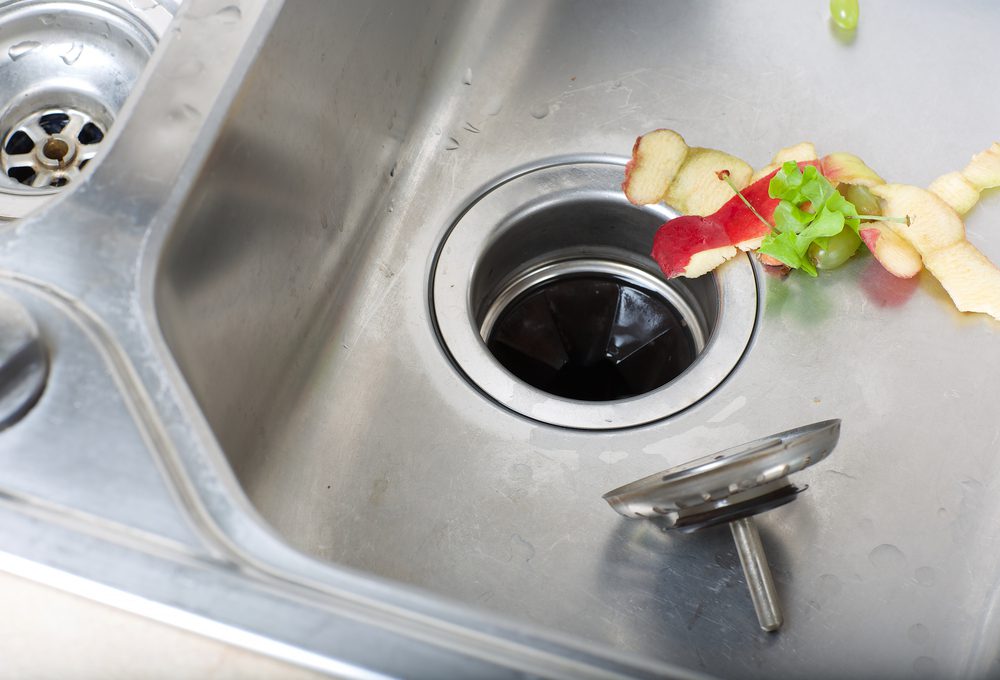Have you been cleaning your home as well as you should?
Let’s be honest! Even if you’re a complete neat freak, there are probably a few things you use every day but don’t clean because life simply gets busy sometimes.
You might be thinking: “Out of sight, out of mind,” and sure, you don’t see them. But potentially harmful bacteria like to lurk in the things you use daily. So it’s essential to minimize your risk of infection when and where you can.
And with the Covid virus lurking around, it’s time to review what everyday household items should be part of your weekly cleaning routine.
Let’s take the extra step toward a healthy immune system and step up our cleaning game by finding out which 16 items we don’t clean as often as we should!

Toothbrushes
There’s no easy way to say this, but… The majority of toothbrushes have feces on them. According to a study issued by the American Society of Microbiology, toothbrushes, especially those in communal bathrooms, showed an increased level of fecal matter contamination.
And if that doesn’t sound bad enough, researchers also found nasty germs like E. coli and Staph. So what can you do? I would just change my toothbrush often and close the toilet lid before flushing.
Light Switches
Think about how many times per day you touch the light switches in your home. Well, no matter how sanitary you think your hands are, every time you touch a light switch, you’re spreading germs on it.
To ensure this doesn’t happen, I recommend dampening a cloth with your chosen cleaner and wiping them down on a regular basis.
Trash Cans
Just because you switch out the garbage bags regularly in there, that doesn’t mean your the actual trash can is germ-free. Think about all those times the garbage leaked. Who knows what germs linger at the bottom of that bin.
I recommend spraying the inside of your trash can with a disinfectant every time you take out the trash. Furthermore, you should wash it out with bleach and rinse it with hot water about once a month.
Refrigerator Coils
When was the last time you scrubbed behind your fridge, coils included? Occasionally cleaning the coils only takes about 15 minutes, and it will help reduce your electricity bills while extending the life of your refrigerator. You should clean them about every six months.
Dishcloths
This kitchen staple entraps fats, oils, and of course, bacteria. So it makes it prone to a nasty smell if you don’t wash it often. You should wash your dishcloths with dish soap and hot water after each use, then hang them to dry between uses.
Also, wash them in the machine every few days on the hottest cycle, but separate them from your other loads of laundry. And remember to put them into the dryer as soon as their done washing to prevent any bacteria from growing again.
Walls
A Swiffer Sweeper floor mop is suitable for more than just cleaning floors. You can use it to clean your interior walls, as well. Simply put a dry cloth on the rectangle end and wipe it along your dusty walls and trim.
You can safely pick up dust, cobwebs, and dirt without even stepping on a ladder.

Refrigerator Water Dispensers
Take a look at the water catcher in your fridge door, and you can easily see how it would be the perfect breeding ground for germs. But the threat goes beyond what you can see and into the whole water dispenser.
Researchers found concerning amounts of mold, yeast, and bacteria levels inside and outside the in-unit water dispensers. You should empty the water-catching tray on a regular basis and routinely wipe down all the external parts.
Your refrigerator instruction manual should also have a guide on sanitizing the internal components.
Remote Control
Disgusting as it might sound, your remote is clad with germs and dead skin cells if you don’t clean it regularly. I recommend wiping it down once a week with an alcohol-based disinfectant with 70% alcohol. Then thoroughly dry the surface.
Washer And Dryer
Just because you’re washing your clothes regularly doesn’t mean your washer and dryer don’t need to be cleaned as well. Once a month, you should run an empty load with hot water and bleach. And about every three months, vacuum out your dryer’s lint trap.
Mops And Brooms
This will sound odd… but you MUST clean your cleaning supplies! Mops, rags, brooms, sponges, and any other reusable cleaning items collect high levels of harmful bacteria and will scatter them throughout your home.
So rather than fixing your germ problem, your cleaning tools might be the cause of them if you don’t clean them as well. To eliminate this problem, I recommend switching to microfibre cloths and mops, which you can throw in the washing machine in-between uses.
Outdoor Lights
Like everything else that lives outdoors, outdoor light fixtures will get dirty. I recommend inspecting and cleaning your outdoor lights once a year. And you should especially check for pest nests.
The heat that outdoor lights provide creates a perfect environment for mice and any other rodents.
Toilet Brush… HANDLES
Your toilet brush isn’t the most disgusting thing in your home, despite what you might think. While no one recommends eating off it, obviously, the toilet cleaner often sanitizes the brush.
But it’s a whole other story when it comes to the handle of the brush and the container it’s in, both of which can be bacteria-ridden. To truly clean your bathroom, ensure you disinfect every surface of your brush when you’re done using it and wipe out the container too.
You can also just switch to disposable brushes or wipes.
Mattress
Your mattress still gets dirty even though it’s covered with sheets. Experts recommend vacuuming it and spot-cleaning any stains that might appear periodically. Airing it out outdoors every once in a while for a few hours can also do wonders for removing any lingering smells.
Coffee Reservoir
You probably clean your coffee pot on a regular basis. But you should be deep washing the entire machine every once in a while as well. Research shows that coffee reservoirs can be even grimier than toilet handles and toilet seats.
And once you’re done making coffee, leave the reservoir open. It will help clear out all that moisture that germs adore. Now and then, you should clean the reservoir by pouring in equal parts water and vinegar.
Turn on your machine and let it run its cycle, so the vinegar runs through the carafe and gets rid of any mineral buildup in the machine’s pipes. Once it’s done, brew another pot of plain water to eliminate any traces of vinegar.

Garbage Disposal
Have you been noticing that your kitchen sink has a funky smell? Well, it’s most likely coming from your garbage disposal.
Make sure to regularly clean under the splash guard with an old toothbrush or sponge, toss some citrus peels down the drain, and run the disposal again with hot water.
Shower Caddies
Hanging shower caddies is a great way of organizing all your shower necessities. But usually, shower caddies tend to be covered in soap residue and drips from shampoo bottles. You might be able to rinse down your caddy while taking a shower.
But for stubborn soap scum or growing mold, let your caddy soak in some hot water and add a bit of bleach. Once it’s clean, hang it up to dry completely before placing your products on it again.
We hope you got some great tips out of this article. But we’ve got many more just like it. We highly recommend you also check out: 7 Dangerous Fire Hazards in Your Home You Didn’t Know About
















One Response
Cool info
You thought of more ideas than I did!
BTW, check your use of there and there and there.
Under DISH CLOTHS, LAST SENTENCE.